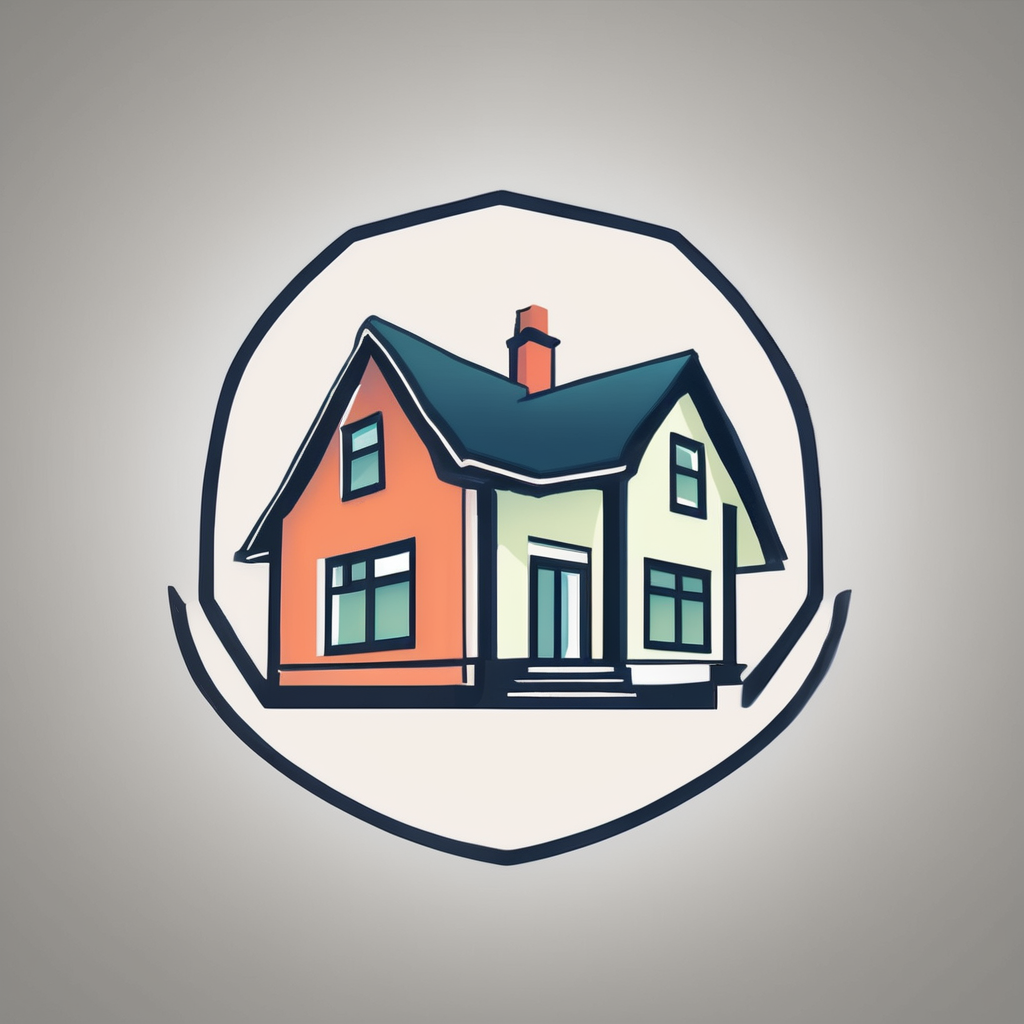Understanding the Historical Significance of Victorian Homes
Victorian architecture in Liverpool is not just a window to the past but a testament to the region’s heritage. This architectural style emerged during the reign of Queen Victoria, encapsulating a blend of Gothic and Classical influences, characterised by intricate woodwork, steep roofs, and vibrant facades. These homes are cornerstones of Liverpool’s cultural landscape, offering insight into the lifestyle and artistry of a bygone era.
Key features of Victorian homes include bay windows, decorative trims, and stained glass. The interiors often boast high ceilings, ornate fireplaces, and robust staircases, all contributing to their enduring charm.
Additional reading : Elevate your space with durable wood appearance cladding
Preservation plays a pivotal role in maintaining the community’s identity. Protecting these homes from modern development ensures that future generations can appreciate their historical significance. Liverpool’s local preservation efforts focus on maintaining the architectural integrity of these historic structures, striking a careful balance between maintaining the past and accommodating modern needs. These homes are treasured not just for their aesthetic allure but as custodians of the city’s rich legacy.
Strategies for Enhancing Energy Efficiency in Victorian Homes
Victorian homes, while admired for their historic charm, often lag behind in energy efficiency. Retrofitting these character-filled dwellings can greatly boost their sustainability without compromising their historical value.
Also read : Revitalizing Oxford’s Timeless Residences: Your Comprehensive Guide to Home Automation Installation
Insulation Techniques
Insulation is crucial to improving energy efficiency. The best materials for heritage properties are those that both enhance energy performance and respect the structure’s historical integrity. For instance, sheep’s wool and wood fibre insulations are effective, breathable options. Implementing these materials carefully ensures thermal comfort while minimising disruption to original features. Successful insulation upgrades range from cavity wall fill to loft insulation, taking preservation concerns seriously. Case studies highlight projects where modern insulation cleverly integrates with Victorian charm.
Upgrading Heating Systems
Choosing energy-efficient heating options is pivotal for Victorian homes. Modern heating controls fit subtly into historical settings, enhancing comfort. Systems such as high-efficiency boilers or air source heat pumps are excellent choices. These not only cut energy consumption but ensure consistency with period aesthetics. Real-world examples illustrate effective upgrades, balancing functionality with historical respect.
Energy efficiency strategies make it possible to dwell comfortably within these storied walls, ensuring Victorian architecture remains both sustainable and splendid for generations to come.
Navigating Regulatory and Preservation Challenges
Preserving the historical integrity of Victorian homes while enhancing energy efficiency requires navigating complex regulations. Local authorities enforce historic preservation regulations to ensure any retrofitting aligns with building codes. Homeowners keen on energy upgrades must adhere to these guidelines, which can involve obtaining specific permits and approvals. Understanding these regulations is crucial, as non-compliance can lead to penalties or mandatory reversals of unapproved work.
Consulting with preservation societies offers valuable insights into maintaining architectural authenticity. These organisations provide guidance on acceptable modifications and can facilitate communication with regulatory bodies. Their expert advice can help determine what changes are permissible without compromising the historic essence of the property.
Successful compliance involves innovative approaches that marry modernisation with preservation. For example, utilising cutting-edge technology such as drone surveys and 3D modeling ensures each retrofit plan respects the original structure. Case studies demonstrate how homeowners can achieve energy-efficient transformations that meet regulatory standards whilst preserving their home’s character. Engaging with experienced contractors familiar with historic architecture further streamlines these efforts, ensuring the delicate balance between improvement and preservation is struck.
Window and Door Solutions
Enhancing the energy efficiency of Victorian homes often involves strategic improvements to windows and doors. A popular approach is employing storm windows and secondary glazing to upgrade existing windows’ performance. These additions act as barriers against drafts, reducing heat loss while preserving the historic appeal of original windows.
When considering window restoration versus replacement, restoration is typically the preferred method for preserving a home’s character. Restoration involves repairing existing frames and panes, maintaining the architectural integrity while integrating modern techniques. Alternatively, window replacement may be necessary if repairs are not feasible. In such cases, choosing windows that mimic period aesthetics ensures consistency with the overall historic design.
Door improvements also play a critical role. Upgrading seals and installing draught-proofing solutions significantly enhances energy efficiency without altering the doors’ appearance. Real-world examples show successful projects where combining secondary glazing and improved door sealing has led to substantial energy savings while maintaining the residence’s historic essence. These thoughtful enhancements allow homeowners to enjoy improved comfort and efficiency while keeping their Victorian homes as charming as ever.
Expert Insights and Best Practices
Victorian homes present unique challenges when modernising energy efficiency. Industry experts provide valuable advice on achieving this balance while respecting historical integrity. They emphasise that embracing energy efficiency tips does not mean compromising the home’s character. Common misconceptions suggest retrofitting old homes is detrimental, but knowledgeable experts explain how sensitive upgrades can enhance energy performance.
Interviews with conservation specialists reveal accessible resources and grants available to fund energy improvements. Homeowners can tap into these subsidies to ease financial burdens. These experts also suggest prioritising measures like insulation and efficient heating systems, which hold significant potential for reducing energy consumption while preserving architectural charm.
Community success stories further highlight the potential of thoughtful retrofits. Homeowners share testimonials of their renovation experiences, illustrating innovative solutions that retain period aesthetics. For instance, using unobtrusive technologies like underfloor heating demonstrates how modern comforts can integrate with historical design. These solutions highlight the possibility of living sustainably within these cherished spaces. Adapting expert strategies paves the way for making Victorian homes comfortable, cost-effective, and environmentally responsible dwellings. By leveraging both professional guidance and community experiences, maintaining heritage becomes a rewarding journey.






